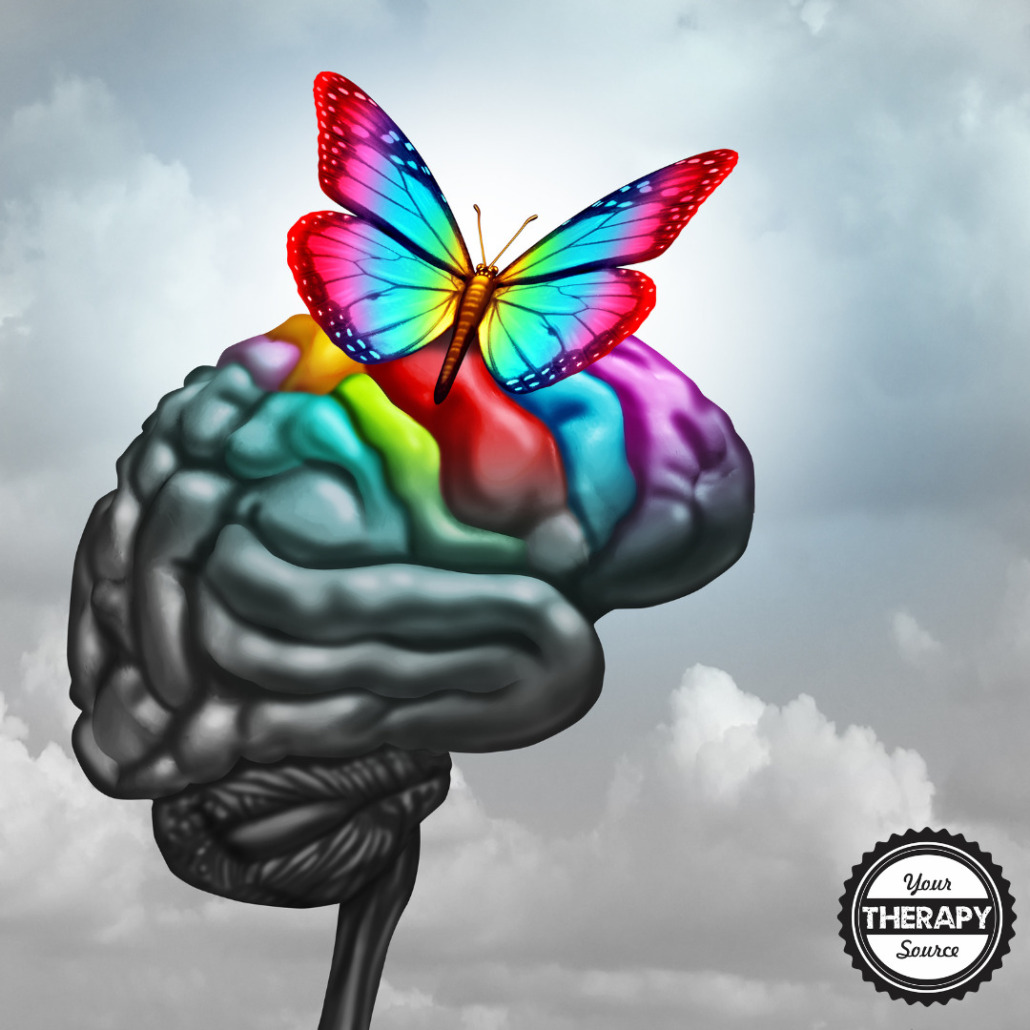Trauma Informed Classroom Strategies
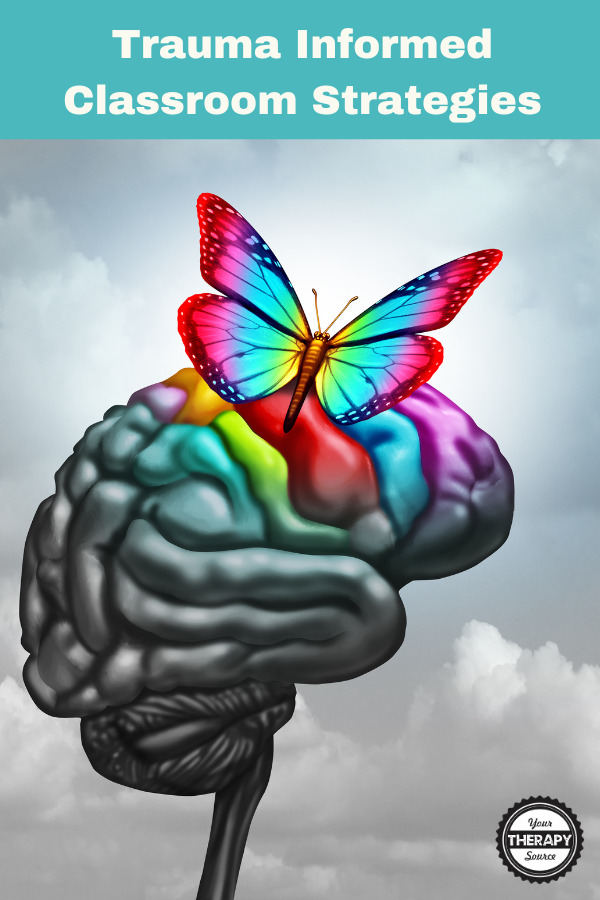
In today’s increasingly diverse educational landscape, educators must be prepared to address the various challenges students face, including trauma-related ones. Trauma Informed Classroom Strategies aim to create a supportive and inclusive environment, empowering students to overcome their traumatic experiences and excel at school. This is a basic overview of how you can help by using trauma-informed teaching strategies.
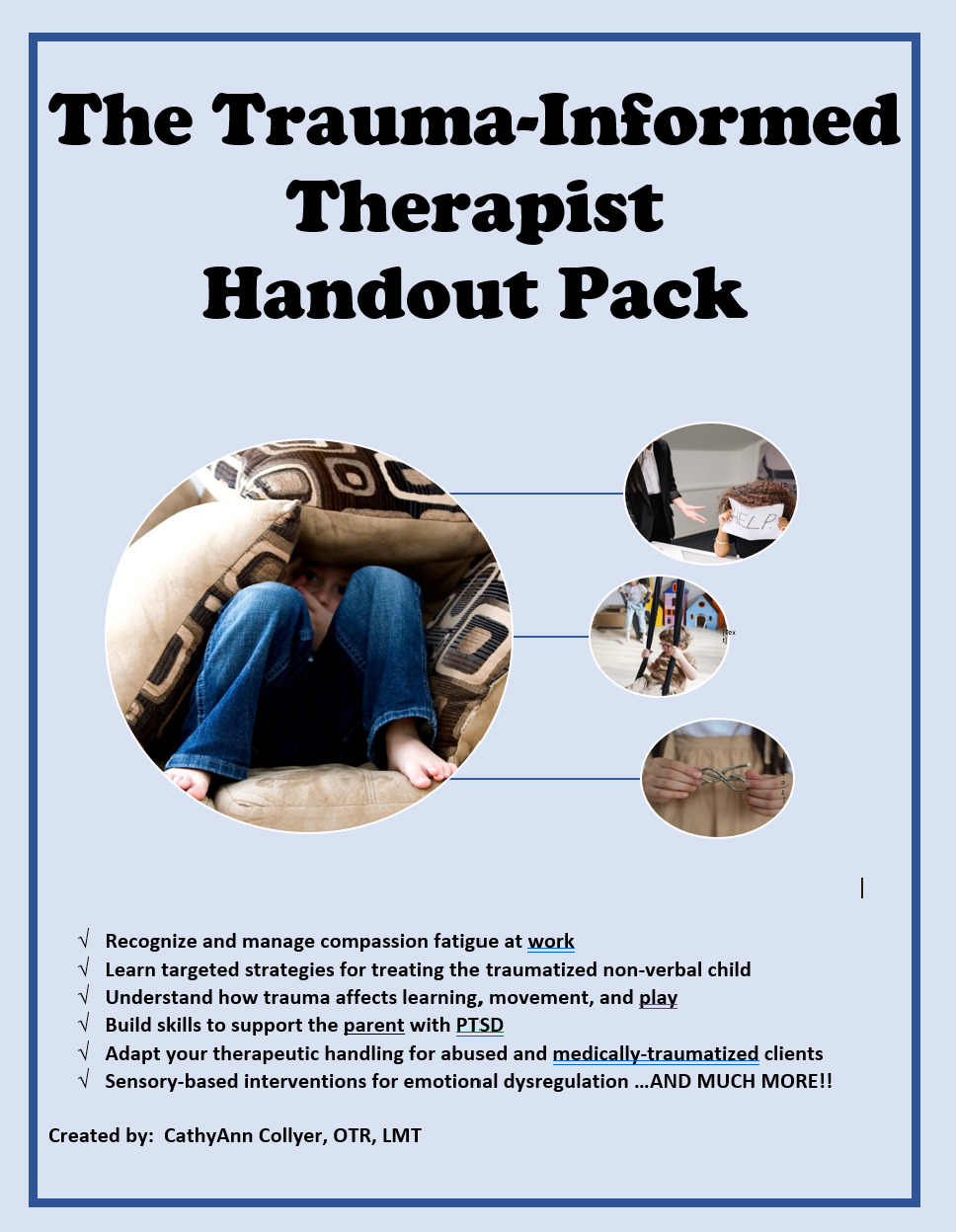
Trauma-Informed Therapist Handout Pack
Trauma-informed practices in the classroom
Trauma-informed practices recognize traumatic experiences’ impact on students’ well-being, behavior, and academic performance. These practices focus on addressing the emotional, psychological, and social needs of students who have experienced trauma, such as adverse childhood experiences, natural disasters, or abuse. Educators can foster a sense of safety, predictability, and support by adopting a trauma-informed approach, promoting healing and academic success.
How to Build a Trauma-Informed Classroom
Here are four suggested activities to get started to help the kids in your classroom who have experienced childhood trauma.
- Educate yourself and staff: To create a trauma-informed classroom, educators must first understand the nature and effects of trauma on children’s learning, behavior, and emotional well-being. This may involve attending training sessions, consulting with mental health professionals, or reading relevant literature.
- Develop a trauma-sensitive school culture: A trauma-sensitive school culture encourages empathy, understanding, and support among staff, students, and families. This can be achieved by promoting open communication, collaboration, and a shared commitment to addressing the needs of traumatized students.
- Implement trauma-informed teaching practices: Trauma-informed teaching practices involve adapting instructional methods and classroom management strategies to accommodate the unique needs of students who have experienced trauma. These may include providing structure and routine, offering frequent breaks, and using active listening and feedback to support students’ emotional regulation.
- Provide resources and support: Traumatized students often require additional resources and support to succeed academically and emotionally. This may involve connecting students with school counselors, psychologists, or community-based mental health services.
Five Characteristics of a Trauma-Informed Classroom Environment
Here are five characteristics of a trauma-informed classroom environment that contribute to the overall success and well-being of students who have experienced trauma. By understanding and incorporating these elements, educators can create a supportive and nurturing space that promotes healing and academic achievement for all students. These key characteristics include safety, consistency, empathy, positive interactions, and support for self-regulation, each playing a crucial role in fostering resilience and empowering students to overcome their challenges.
- Safety: A trauma-informed classroom prioritizes the physical, emotional, and psychological safety of students. This involves creating a welcoming and inclusive environment where students feel secure and supported.
- Consistency: Consistency in routines, expectations, and consequences provides a sense of predictability and stability for students who have experienced trauma. This can help alleviate anxiety and promote a sense of control.
- Empathy: Educators in trauma-informed classrooms demonstrate empathy and understanding towards students, recognizing the impact of trauma on their behavior and emotions. This involves validating students’ feelings and experiences and providing appropriate support.
- Positive interactions: Trauma-informed classrooms promote positive interactions between students, peers, and educators. This includes fostering a sense of community and belonging, encouraging collaboration, and providing opportunities for social skill development.
- Support for self-regulation: Trauma-informed classrooms support students in developing self-regulation skills, including emotional regulation, impulse control, and stress management. This may involve teaching coping strategies, providing opportunities for self-reflection, and offering individualized support.
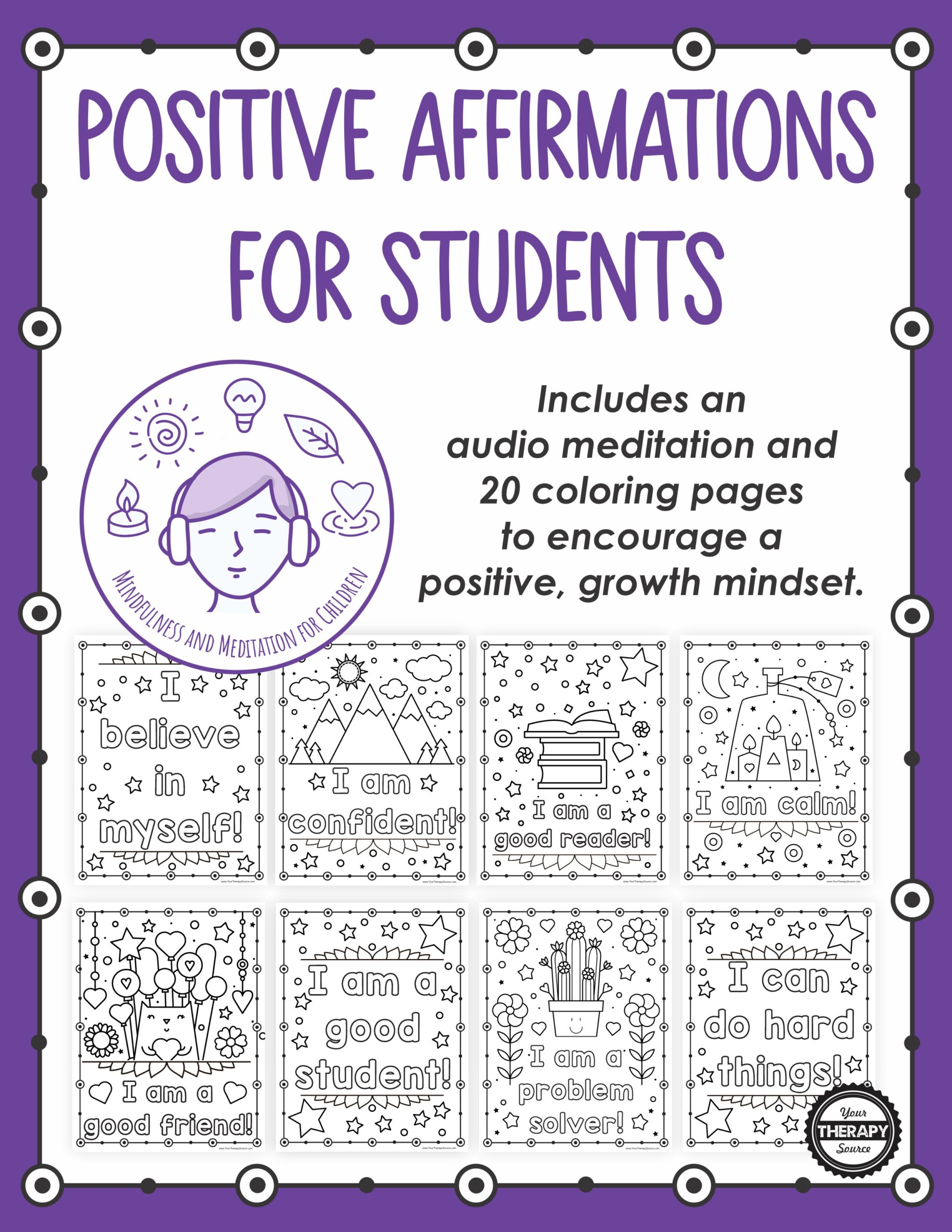
Positive Affirmations for Students
10 Examples of Trauma-Informed Classroom Strategies
Here are 10 examples of trauma-informed classroom strategies. For more information on this topic, visit the National Child Traumatic Stress Network.
- Establish clear routines and expectations: Providing structure and predictability can help students feel more secure and supported in the classroom. Children learn best when they know what to expect.
- Offer choices: Empower students by giving them choices and control over their learning, which can promote a sense of autonomy and help counteract feelings of helplessness that may stem from trauma.
- Encourage positive peer interactions: Foster a supportive classroom community by promoting student teamwork, collaboration, and positive social interactions.
- Use active listening and validation: Show students their thoughts and feelings matter by listening to their concerns, validating their emotions, and providing appropriate support.
- Provide regular feedback: Offer constructive feedback on students’ work and behavior, emphasizing their strengths and areas for growth to help build their self-esteem and competence.
- Incorporate stress-reducing activities: Integrate mindfulness, breathing exercises, or other stress-reducing activities into the daily routine to support students in managing stress and anxiety. Reduce negative thinking and encourage a positive mindset.
- Address bullying and aggression: Establish clear expectations for behavior and address bullying and aggression promptly to create a safe and inclusive environment for all students.
- Connect students with resources and support: Ensure that students who have experienced trauma have access to school counselors, psychologists, or community-based mental health services as needed.
- Adapt teaching practices: Modify instructional methods and classroom management strategies to accommodate the unique needs of students who have experienced trauma, such as offering additional support or scaffolding during lessons.
- Engage in self-care and professional development: Educators must also prioritize their own well-being and continually engage in professional development to stay informed about trauma-informed practices.
Read more about trauma informed classrooms here.
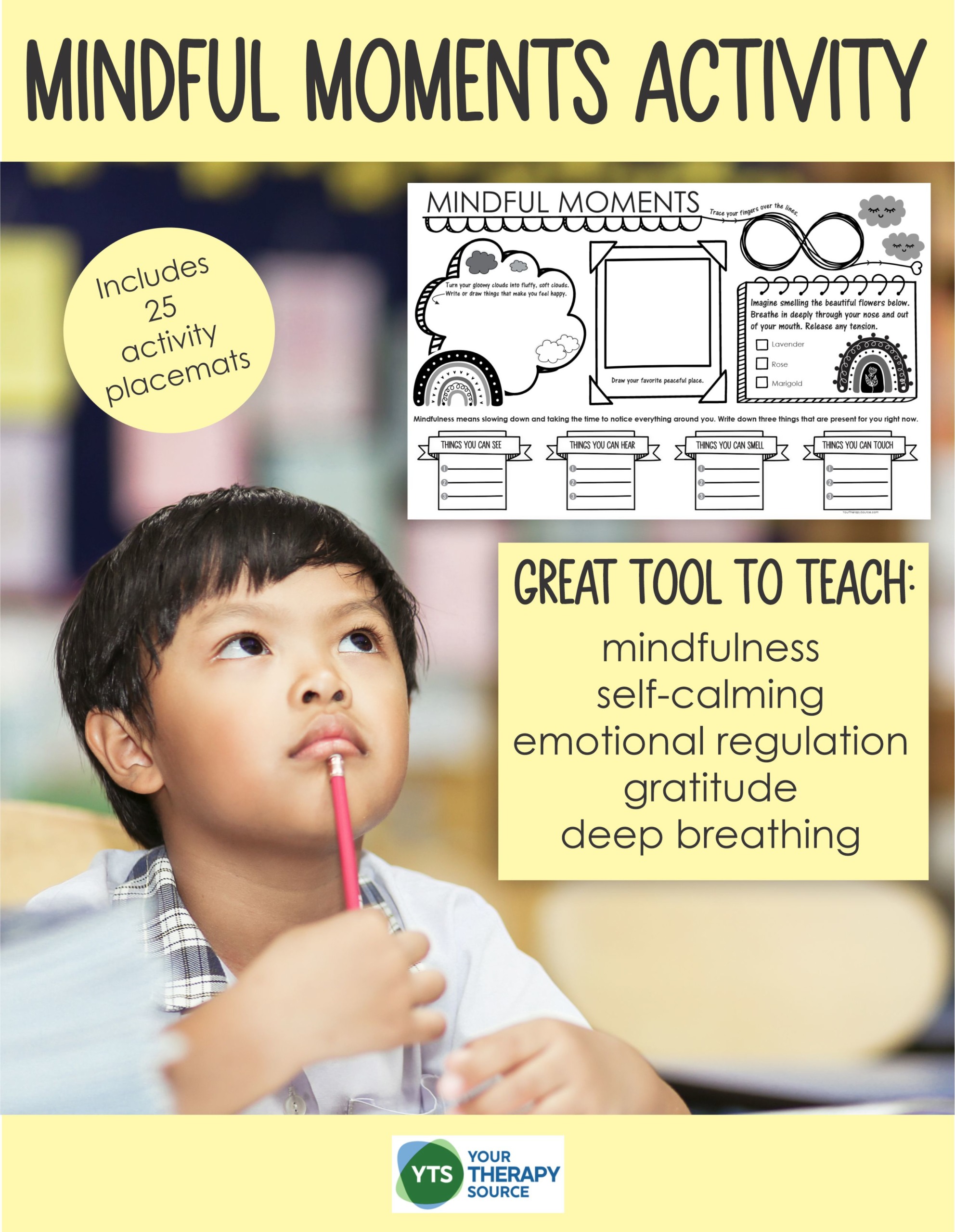
Mindfulness Activities for Kids
Benefits of Trauma-Sensitive Schools
Trauma-sensitive schools offer numerous benefits for students, educators, and the wider community. By creating an environment that acknowledges and addresses the impact of trauma on students’ well-being and learning, these schools help students develop and promote the following skills necessary for academic success and personal growth:
- resilience
- emotional regulation
- coping skills
- positive relationships among students, peers, and educators
This help to reduce the risk of bullying, aggression, and negative social interactions. By integrating trauma-informed practices into their curriculum and school culture, these schools contribute to reducing the stigma surrounding mental health, encouraging students and families to seek help when needed. Trauma-sensitive schools cultivate a safe and nurturing environment, enhancing the academic achievements of students who have experienced trauma and promoting the overall well-being of the entire school community.
Key Points – Trauma-Informed Classroom Strategies
Trauma-Informed Classroom Strategies can significantly impact the well-being and academic success of students who have experienced trauma. Educators can help students overcome their traumatic experiences and reach their full potential by creating a safe, supportive, and empathetic environment. Implementing these strategies requires ongoing education, collaboration, and a commitment to addressing the unique needs of each student.
References:
Brunzell, T., Stokes, H., & Waters, L. (2016). Trauma-informed flexible learning: Classrooms that strengthen regulatory abilities. International journal of child, youth and family studies, 7(2), 218-239.
Cavanaugh, B. (2016). Trauma-informed classrooms and schools. Beyond Behavior, 25(2), 41-46.
Minahan, J. (2019). Trauma-informed teaching strategies. Educational Leadership, 77(2), 30-35.
